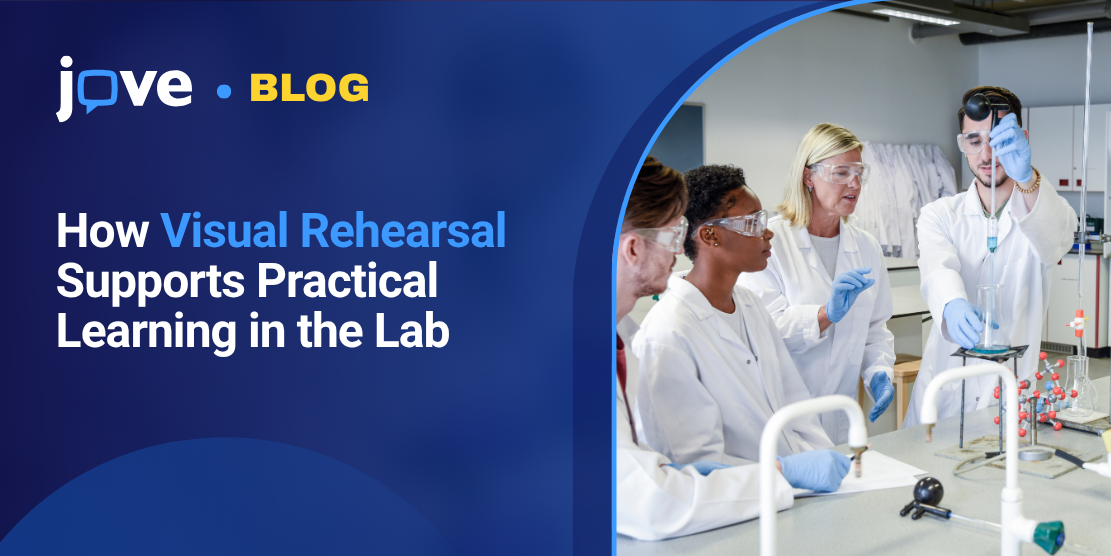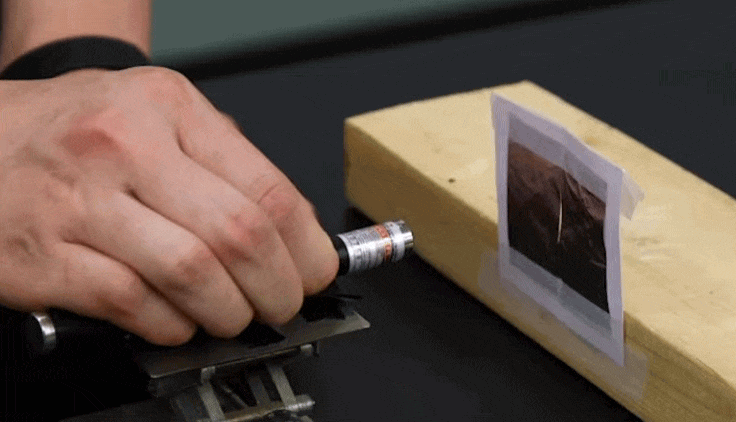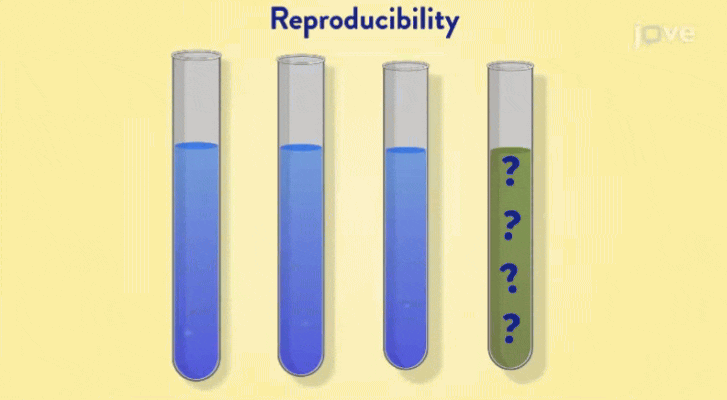In my first year at university, every afternoon from 2-5 p.m. meant another lab session. Each weekday brought a new topic, a new setup, and the pressure to keep up. Balancing attention, timing, and accuracy was harder than I expected.
I had read the manual and answered the pre-lab questions, but it didn’t prepare me for the experience of standing at the bench, handling real materials, and trying to stay in sync with a partner I’d just met. By the time each session ended, we were all tired, and the thought of preparing for the next day’s experiment felt like another big assignment.
Even for students who prepare diligently, walking into a lab for the first time can feel like starting from scratch. What if they could arrive already knowing the timing of the experiment and the layout of the equipment? For students without prior lab experience, that kind of visual rehearsal helps level the playing field. It’s a form of preparation that matters even more when things go off script, as they often do in science.
Seeing Before Doing
Visual rehearsal changes how students prepare. Instead of reading lengthy instructions, they can watch a process unfold, focus on what matters, and imagine the sequence before performing it themselves. When students have already seen a procedure, they recognize the flow and anticipate where they might need to pause or double-check. That familiarity turns first attempts into confident starts.
Multiple studies show that students who watch pre-lab videos perform better on related assessments and complete experiments more efficiently than those who rely only on written preparation.¹ Another found that students reported higher confidence and greater independence after visual pre-lab assignments.²
Pre-lab viewing doesn’t add work; it saves time. Instead of spending hours trying to visualize a written procedure the night before, students can prepare faster through short, targeted videos.
Designing Active Preparation
Pre-lab videos are most effective when students engage with them actively. Watching helps, but guided reflection ensures understanding and promotes long-term retention.
- 💡 Replace long readings with short videos that highlight the essential technique or concept. Add one or two focused questions so students know what to look for.
- 💡 Move repeated in-class demonstrations to pre-lab viewing: Once students have seen a technique in context, they can start faster and make better use of lab time.
- 💡 Include light, low-stakes follow-ups: Quick polls, reflections, or one-minute discussions confirm what students understood and where they might need clarity.
These small adjustments can make a noticeable difference. Instead of re-explaining the same steps, instructors can focus on troubleshooting, interpretation, and deeper inquiry.
Getting the Timing Right
Timing often matters more than duration. Assigning pre-lab viewing close to the actual session keeps the content fresh in students’ minds and reduces the need for long refreshers. Viewing material immediately before class not only improves short-term retention but also strengthens long-term understanding.3
A simple structure often works best:
- Students watch a short video the day before the lab.
- The session opens with a brief recap or short check-in.
- Students move directly into hands-on work, already comfortable with the order of tasks and expected outcomes.
- A quick post-lab quiz or reflection cements the experience.
Analytics or brief reflection logs can help instructors spot patterns: who’s consistently ready, and who might need more support. This targeted feedback saves time while improving outcomes.
This approach aligns with broader efforts to build efficient skill development across STEM programs.
Connecting Foundation to Practice
Visual rehearsal doesn’t stop at the beginner level. It also helps students connect early learning with advanced or research-oriented work. Instructors might assign a core technique video early in the semester, then show its application later in a research example.
This creates a continuous learning path: foundation first → practice next → application later. It helps students see where their skills are heading and why precision matters.
Final Thoughts
Walking into the lab will always bring a mix of anticipation and nerves. But when students rehearse visually for a session, they arrive focused and ready to participate, not just observe. Instructors, in turn, gain time to emphasize reasoning, safety, and collaboration.
Pre-lab viewing isn’t a shortcut; it’s preparation that builds confidence and independence. For faculty designing practical courses, it offers a small shift with big returns.
Request a curated video playlist aligned with your lab course.
- Aronne, L., Nagle, C., Styers, J. L., Combs, A., & George, J. A. (2019). The effects of video-based pre-lab instruction on college students’ attitudes and achievement in the digital era. Electronic Journal of Science Education, 23(5). https://files.eric.ed.gov/fulltext/EJ1234449.pdf
- Onyeaka, H., Passaretti, P., Miri, T., Hart, A., & Anumudu, C. K. (2023). Pre-lab video demonstrations to enhance students’ laboratory experience in a first-year chemical engineering class. Biochemistry and Molecular Biology Education, 51. https://doi.org/10.1002/bmb.21688
- Förster, M. (2022). Pre-class video watching fosters achievement and retention. Educational Research, 4(3). https://www.sciencedirect.com/science/article/abs/pii/S0360131521002761




.gif?width=700&height=378&name=Mass%20spec%20gif%20(2).gif)